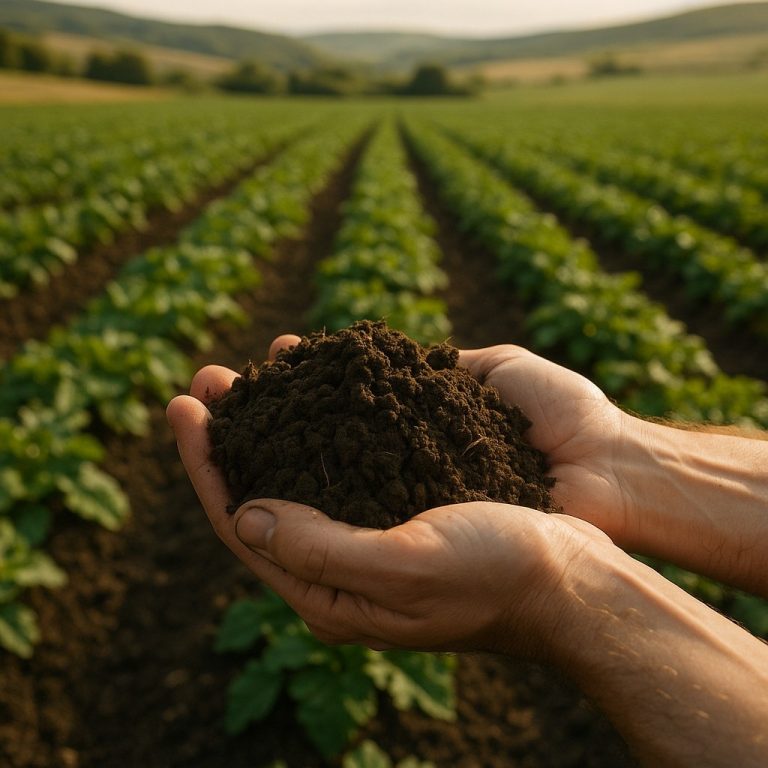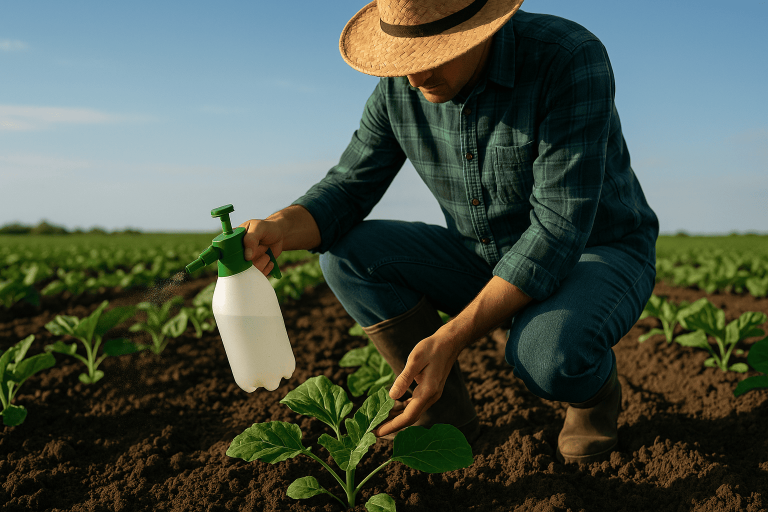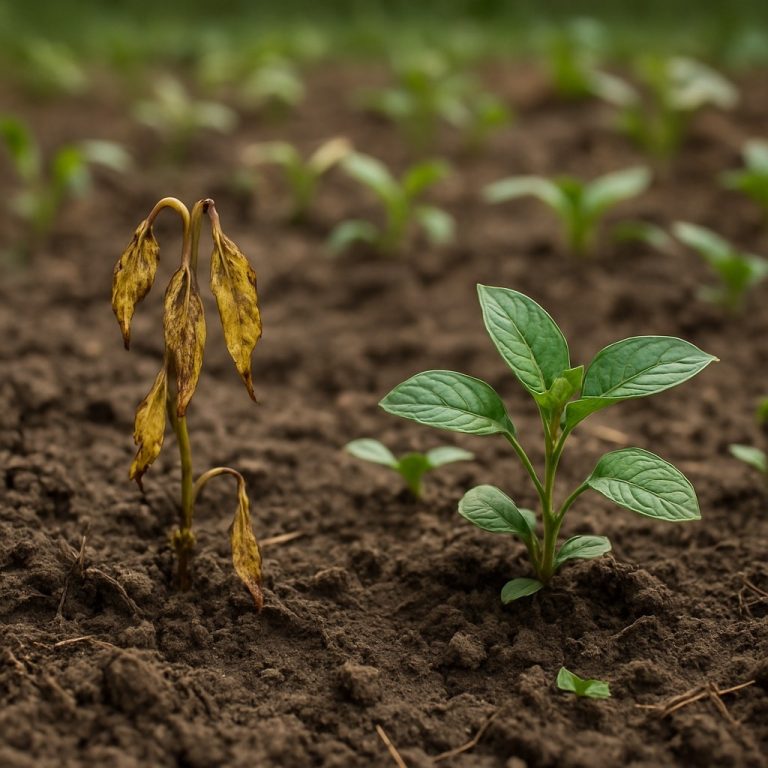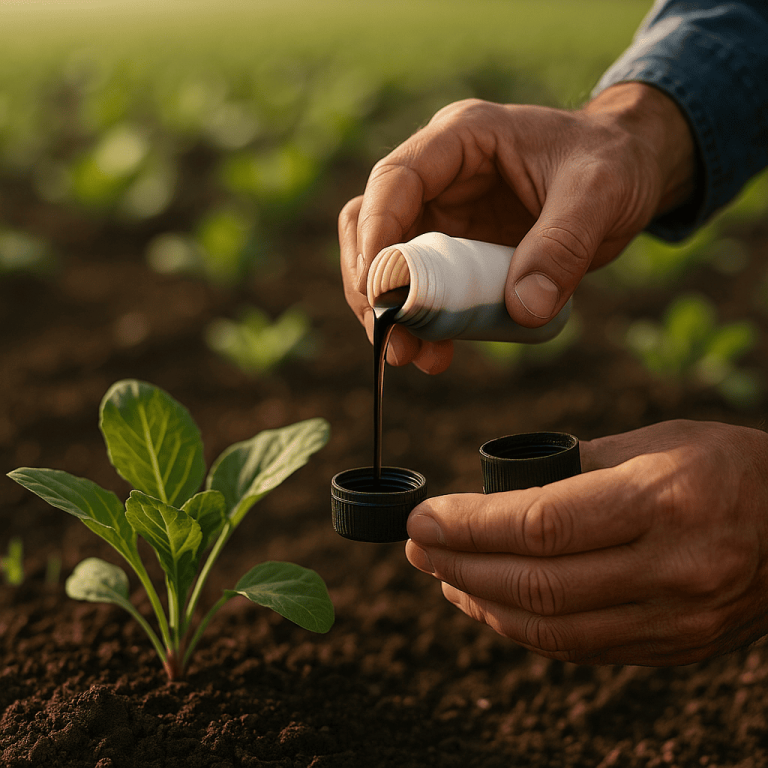It involves a lot of understanding to select the right fertilizer for your crop right from the specific nutrient requirements of the crop to the soil conditions .Let’s have a look at a comprehensive guide to help you choose the right fertilizer.
Assess Soil composition:You need to test your soil with the help of testing kits to determine its PH levels and nutrient compositions. These kits are available at gardening centers or through agricultural extension services.This will give you valuable information about which nutrients your soil lacks.
Analyzing Crop-Specific Nutrient Requirements:Each crop has its own nutrient requirement at every stage of growth throughout the crop’s lifecycle.We need to recognize and investigate the common essential nutrients such as nitrogen (N), phosphorus (P), potassium (K), calcium (Ca), magnesium (Mg), and sulfur (S) required for their growth. For example, during vegetative growth, plants may require higher nitrogen levels for leaf development, while during flowering and fruiting stages, they may need more phosphorus and potassium for root and fruit development.
Choosing N-P-K Ratio for your crop: Fertilizers are generally labeled with three numbers representing the percentages of nitrogen (N), phosphorus (P), and potassium (K) they contain, in that order. For example, a fertilizer labeled 10-10-10 contains 10% nitrogen, 10% phosphorus, and 10% potassium. Choose a fertilizer with an N-P-K ratio appropriate for your crop’s growth stage. For example, a fertilizer higher in phosphorus might be suitable for promoting root development in young plants, while one higher in nitrogen may encourage leaf growth during vegetative stages.
Fertilizers with Micronutrients: Micronutrients are found in some fertilizers which are essential for plant growth in smaller quantities.Micronutrients like iron, manganese, zinc, copper, boron, and molybdenum are present in fertilizers.We need to ensure that the fertilizer provide these micronutrients if your soil test indicates deficiencies.
Types of Fertilizers:There are several types of fertilizers available such as liquid fertilizer,Granular fertilizer,Organic fertilizer,Synthetic fertilizer etc.
- Granular fertilizers: These are Granular in shape and are solid fertilizers applied to the soil surface or incorporated into the soil which releases nutrients slowly over time.
- Liquid fertilizers: Liquid fertilizers are mixed with water and applied directly to the soil or sprayed onto plant foliage. This provides a quick nutrient boost.
- Organic fertilizers: Organic fertilizers improve soil structure and microbial activity.These are derived from natural sources such as compost, manure, or bone meal and tend to release nutrients slowly.
- Synthetic fertilizers: These fertilizers are manufactured chemically and provide nutrients in concentrated forms. They are quick-acting but may leach from the soil more rapidly than organic options.
Application Methods of fertilizers and environmental conditions while applying:
One needs to follow the manufacturer’s instructions for applying fertilizers like the method of application (broadcast, banding, foliar), timing (pre-planting, at planting, side-dressing), and rate of application based on your crop’s needs and growth stage.
Avoid over-application and be mindful of environmental impacts when choosing and applying fertilizers.Follow recommended application rates and timing to minimize environmental harm like water pollution or nutrient runoff.
Monitor and Adjust fertilization practices: Regularly monitor your crops for signs of nutrient deficiency or excess. Adjust your fertilization practices accordingly based on crop response and soil test results.
You can choose and apply the right fertilizer for your crop by following these guidelines so that you can optimize growth, yield, and overall health while minimizing environmental impact. Consult with local agricultural extension services or experienced growers for their personalized advice if you’re not sure about any aspect of fertilization.






